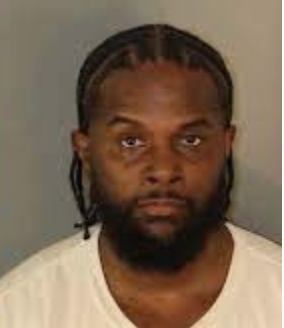DNA from bite mark on murdered woman catches killer 28 years later
‘I hope Cheri and her family will finally get the justice they deserve and have waited so long for’
Bite marks left on a California murder victim as she desperately tried to fight off her attacker have helped police make a breakthrough in the cold case nearly 28 years later.
Sharron Eugene Gadlin, 48, was arrested on Friday and charged with the 1994 murder of Cheri Huss, who was stabbed several times and bitten in an attack in her apartment in Desert Hot Springs, a city about 160kms (100 miles) east of Los Angeles.

Investigators said Ms Huss bravely fought back during the attack and the suspect left blood and saliva at the crime scene and teeth marks on her body.
The Riverside County Regional Cold Case team identified Mr Gadlin as a person of interest last month through forensic genetic genealogy - the tracing of a suspects’ DNA through their family tree.
They discovered Mr Gadlin had been living in Thousand Palms, about 19 kms (12miles) from Ms Huss’s apartment in 1994.
Cold case investigators obtained a warrant to take a saliva sample from Mr Gadlin in February.
Four days after the sample was taken, the Department of Justice’s state forensics lab confirmed there was a match to the DNA profile of the suspect in Ms Huss’s murder.
Forensic testing showed that the bite marks matched saliva and blood found at the scene.
Mr Gadlin is in custody at the Robert Presley Detention Center and bail has been set at $1m.
“I hope Cheri and her family will finally get the justice they deserve and have waited so long for,” Riverside County District Attorney Mike Hestrin said in a statement.
Law enforcement have used DNA analysis of family trees to solve dozens of murder cases, including the Golden State Killer Joseph DeAngelo.
In that case, thousands of DNA samples given to genealogy websites such as Ancestry.com were analysed for similarities to samples found at crime scenes.
District Attorney Hestrin said investigators would “continue to use cutting edge technology” to solve cold cases.




